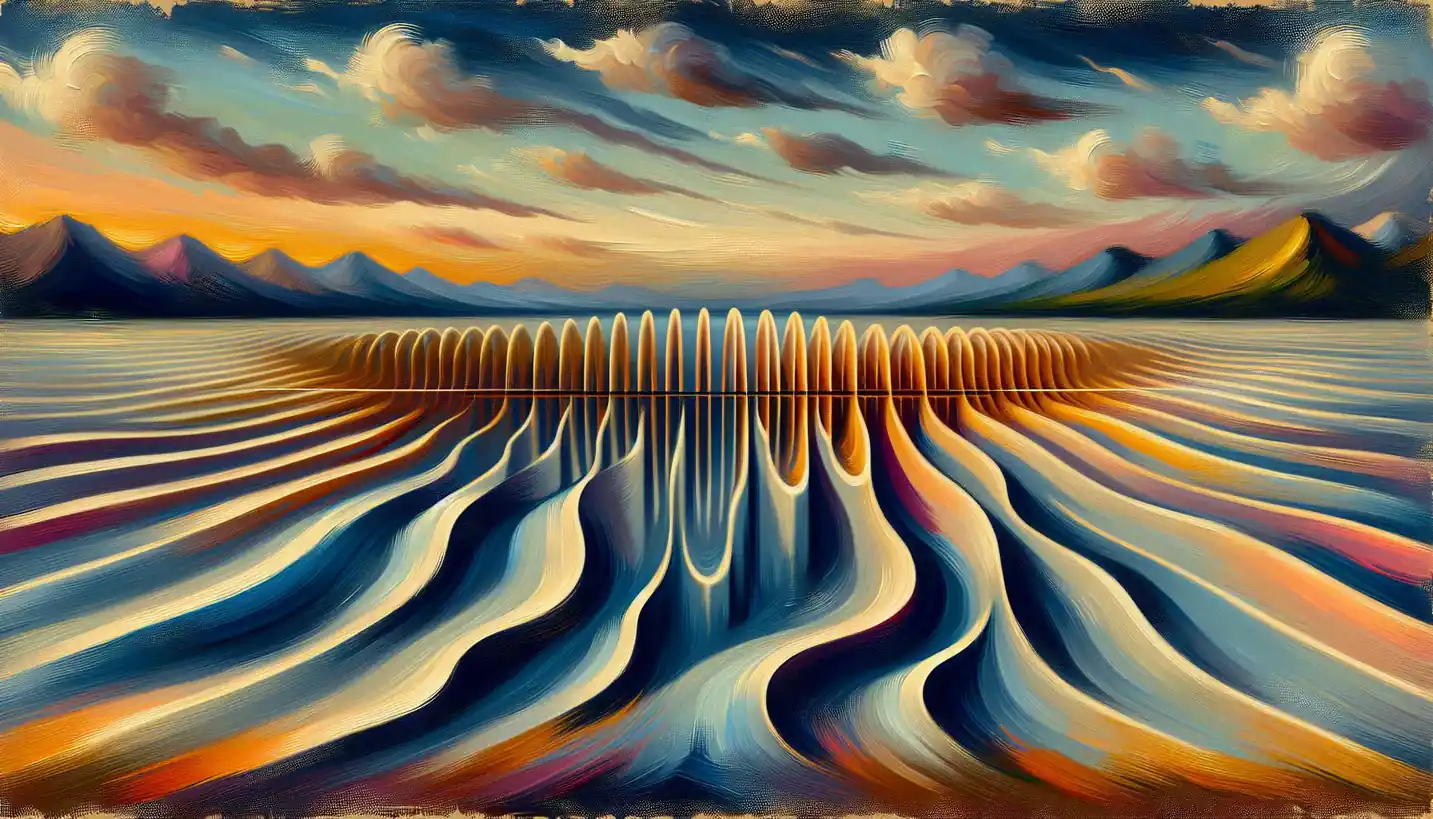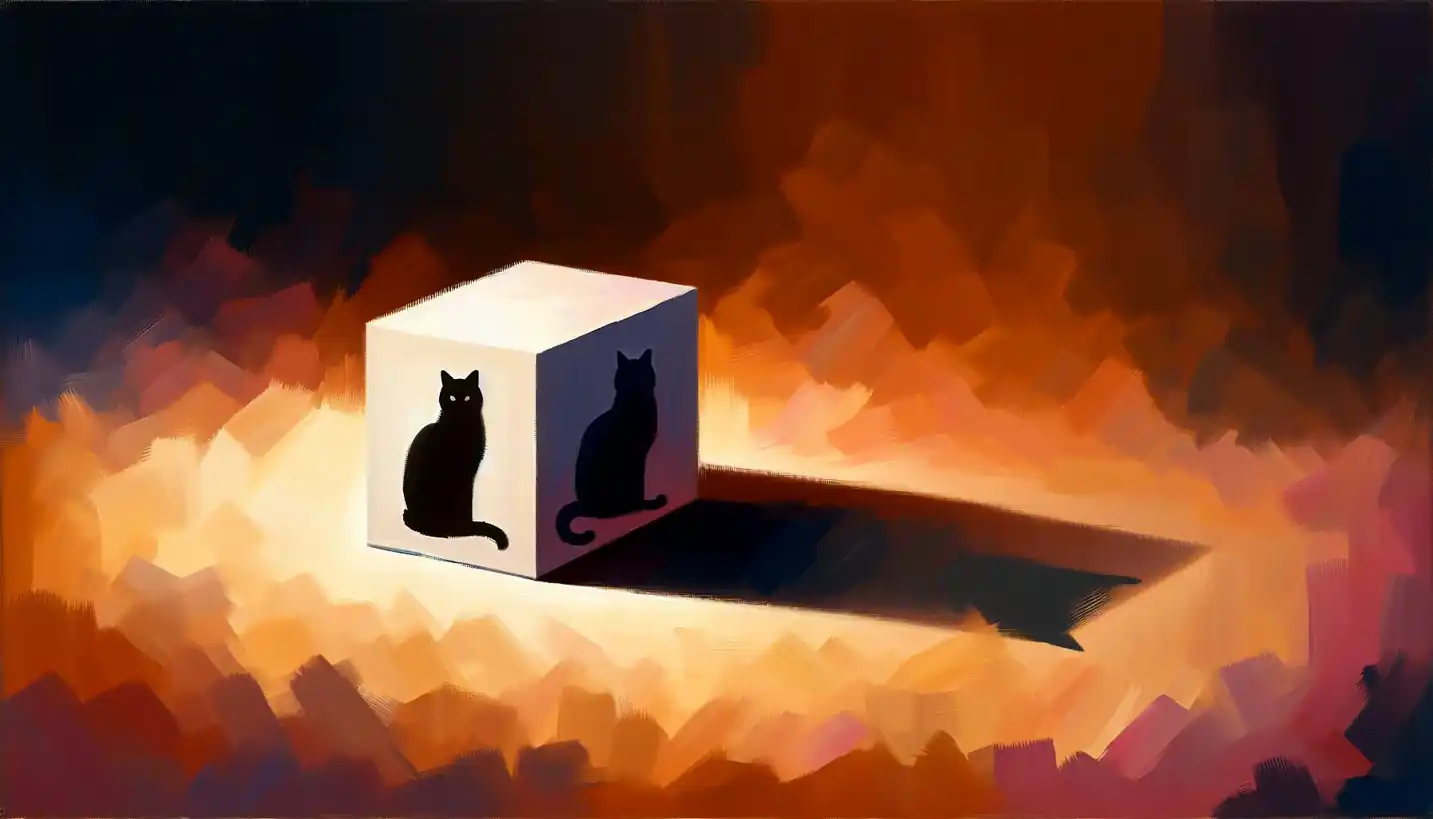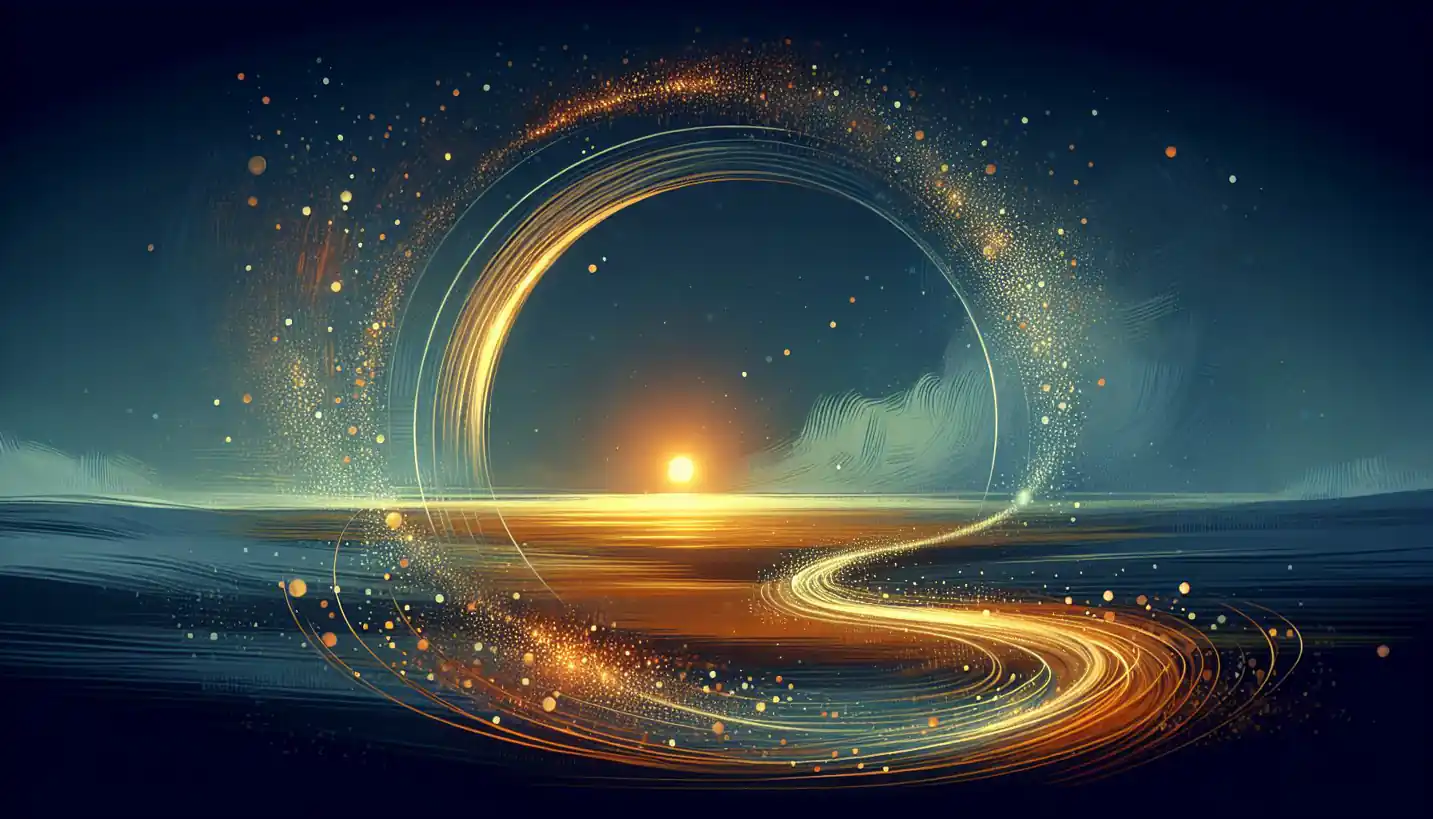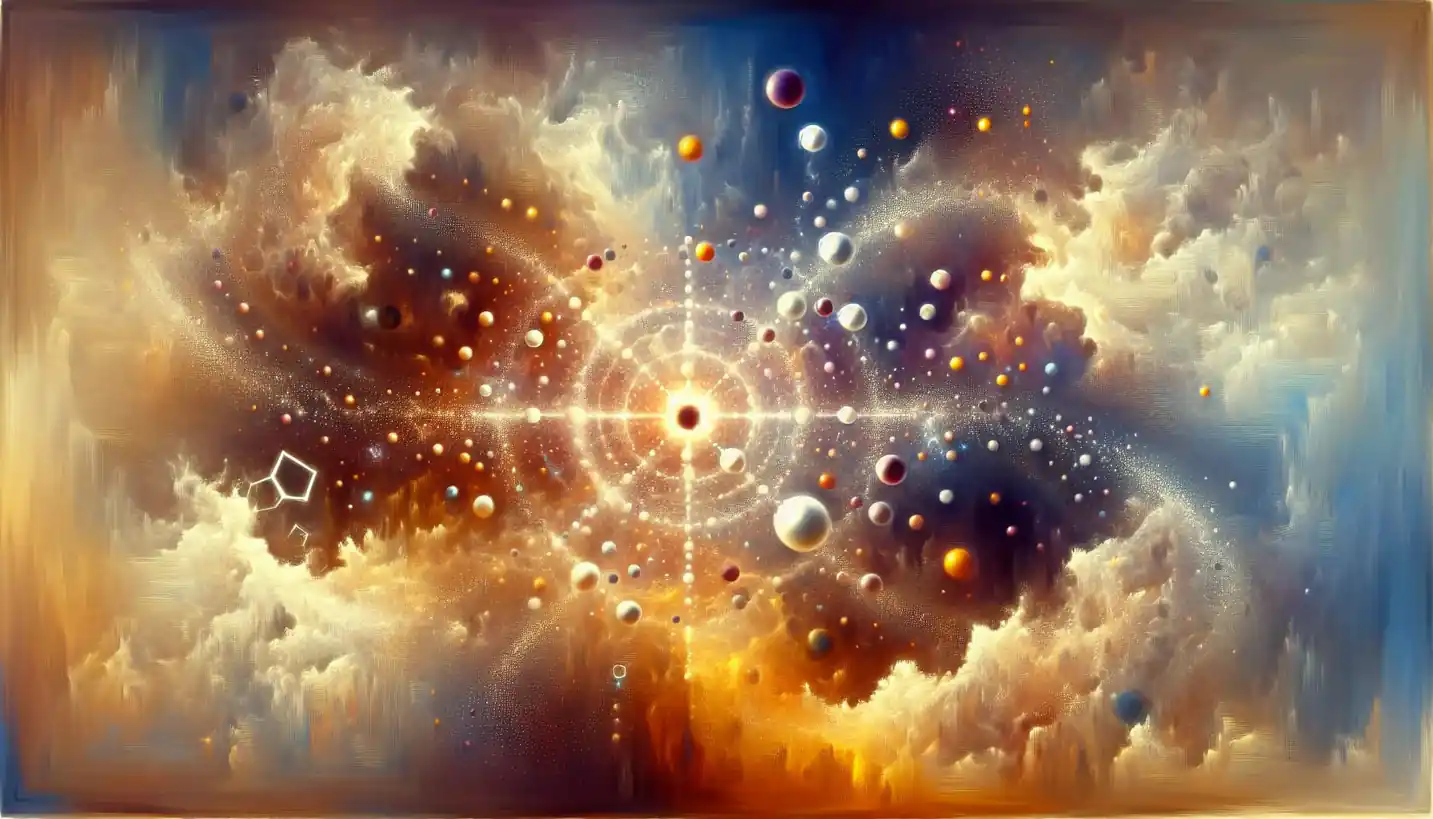· Physics · 5 min read
Gravitational Lensing: The Universe's Cosmic Magnifier
Gravitational lensing acts like the universe’s zoom lens, magnifying distant cosmic phenomena. Discover how this effect helps astronomers peer deeper into space.
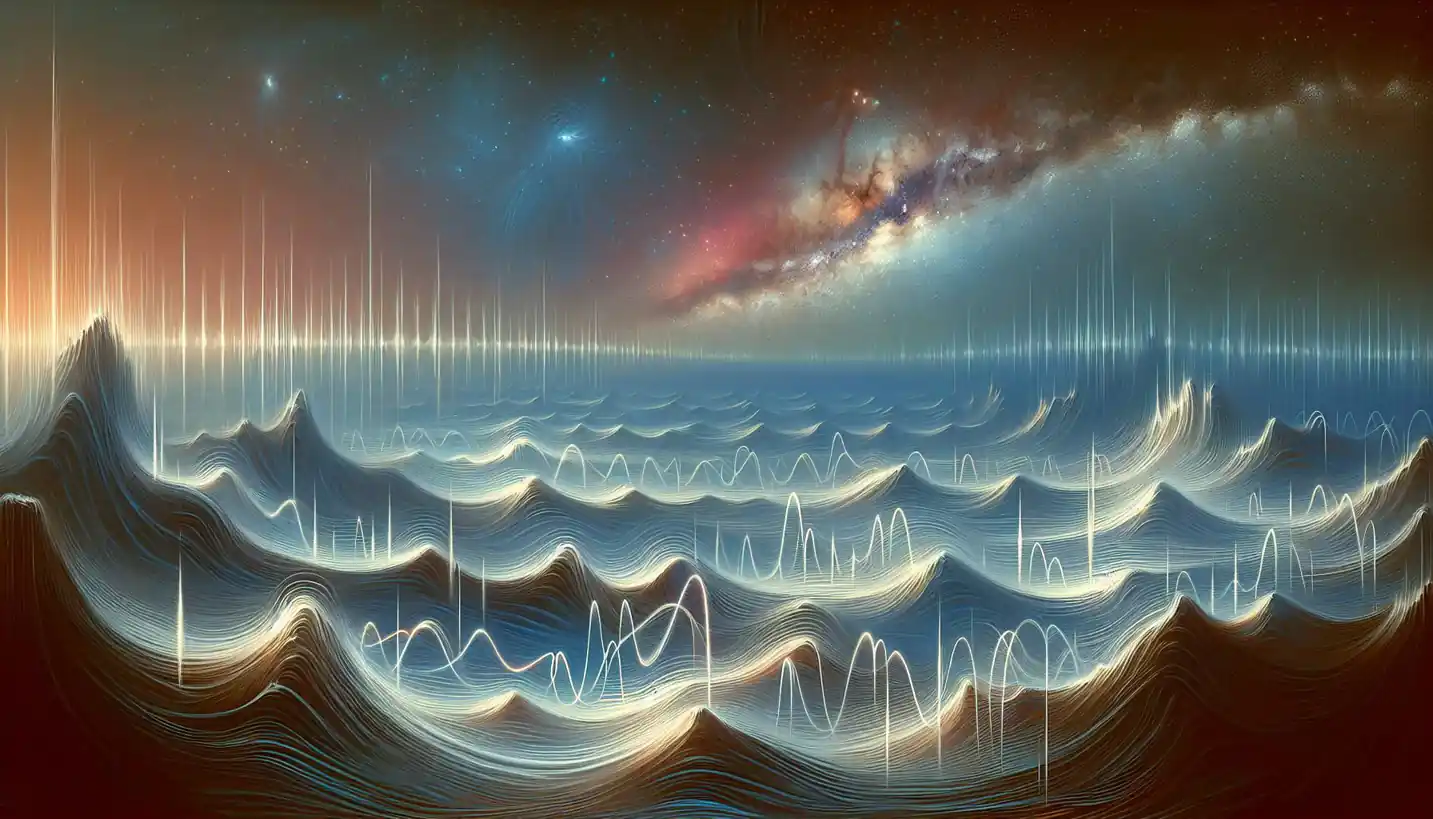
Ah, the universe! It’s a vast, mysterious expanse full of wonders that boggle the mind. Imagine looking through a giant cosmic magnifying glass that bends light around massive objects, unveiling hidden secrets of the cosmos. This fascinating phenomenon is known as gravitational lensing, and it offers us extraordinary insights into the universe’s hidden depths.
What is Gravitational Lensing?
Gravitational lensing is like nature’s own optical illusion. It occurs when a massive object, like a galaxy or a cluster of galaxies, acts like a lens by bending the path of light passing near it. This bending of light is due to the gravitational force exerted by the massive object, a concept introduced by Einstein’s theory of general relativity. Essentially, mass curves the fabric of space-time around it, causing the light to follow a curved path.
The Science Behind the Bending of Light
Think of light traveling in straight lines. Now imagine placing a heavy ball on a trampoline. The ball sinks, creating a depression. When you roll another ball near this depression, its path curves around the massive ball rather than traveling straight. This is similar to how gravity bends the path of light. When a star or galaxy comes between us and a more distant object in space, the light from the distant object bends around the foreground object, resulting in what astronomers call a gravitational lens.
Types of Gravitational Lensing
Gravitational lensing comes in different flavors, each with its own unique story to tell. The main types include strong lensing, weak lensing, and microlensing.
Strong Lensing: This type creates dramatic effects, forming multiple images of the same astronomical object. Sometimes it can even create a complete or partial “Einstein ring.” It’s like the universe has painted a cosmic masterpiece using light.
Weak Lensing: Here, the effects are more subtle. It’s like looking at a slightly distorted reflection in a pond. Weak lensing studies the tiny distortions in the shapes of galaxies, which help scientists map the distribution of dark matter, the mysterious form of matter that doesn’t emit light and makes up most of the universe’s mass.
Microlensing: This occurs when a smaller object, like a star, passes in front of a distant star. It creates a temporary brightening, giving us a brief glimpse at objects too faint or too far to be seen otherwise. It’s often used to discover new planets and even rogue planets not bound to any star.
Why Gravitational Lensing Matters
Gravitational lensing isn’t just a scientific curiosity; it’s a powerful tool for understanding the universe. By studying these cosmic lenses, astronomers can map the presence and distribution of dark matter, even though it’s invisible. Dark matter acts like scaffolding upon which galaxies form and evolve. Understanding its distribution helps us unlock the mysteries of the universe’s structure and origin.
Additionally, gravitational lensing allows astronomers to peer deeper into space and time. By magnifying distant galaxies, scientists can study the early universe and watch it evolve over billions of years. It’s like having a time machine that lets us observe the formation and growth of galaxies.
The Search for Dark Energy
Gravitational lensing also plays a crucial role in the quest to understand dark energy, a mysterious force driving the universe’s accelerated expansion. By observing cosmic lenses, scientists can measure how dark energy influences the universe’s large-scale structure. This could potentially reshape our understanding of the cosmos and the fundamental laws of physics.
Stories from the Cosmos: Real-Life Examples
One of the most famous examples of gravitational lensing is the “Einstein Cross.” It’s a quasar—an extremely bright and distant celestial object—lensed by a foreground galaxy, forming four distinct images around the galaxy’s center. The Einstein Cross provides an exceptional view of both the quasar and the galaxy’s structure, revealing secrets hidden billions of light-years away.
Another intriguing case is the “Bullet Cluster.” Here, two clusters of galaxies collided, and gravitational lensing revealed a separation between the visible matter and dark matter. This observation provided strong evidence for the existence of dark matter, offering a new perspective on the universe’s hidden components.
Challenges and Future Research
While gravitational lensing unlocks many secrets, it also presents challenges. Precise measurements are required to interpret the data accurately, and distinguishing between different lensing effects can be complex. Advanced technology and innovative modeling techniques are essential for overcoming these hurdles.
Future missions and telescopes, such as the James Webb Space Telescope, promise to enhance our ability to study gravitational lensing. With improved sensitivity and resolution, we can explore ever more distant galaxies and refine our understanding of dark energy and dark matter.
Curiosity in the Cosmos
So, what does the future hold for gravitational lensing? As technological advancements continue, we may discover new cosmic phenomena and refine our understanding of the universe’s mysterious forces. Gravitational lensing stands as a testament to the boundless curiosity and ingenuity driving scientific exploration. It opens a window to the vastness of space and time, encouraging us to keep asking questions and seeking answers in the endless depths of the cosmos.
In the grand tapestry of the universe, gravitational lensing is a bright thread that connects us to the hidden wonders of space. Whether you’re an astronomer or just an admirer of the night sky, the cosmic magnifying glass known as gravitational lensing invites you to look closer, think bigger, and dream deeper, unraveling the secrets that lie beyond the stars.
